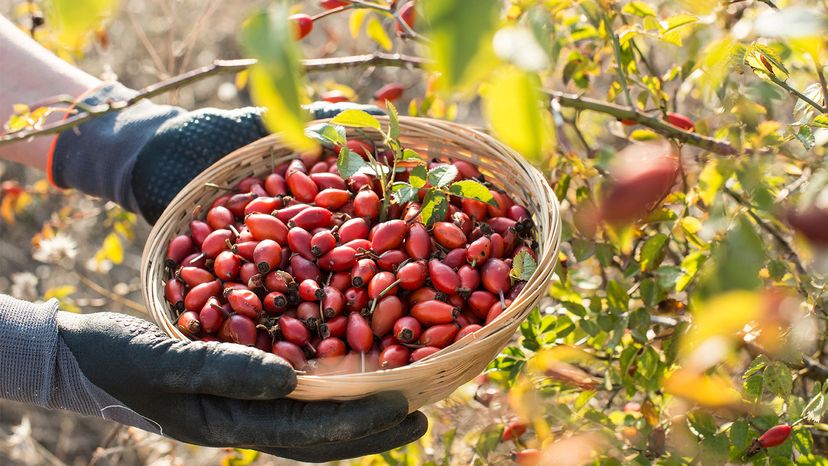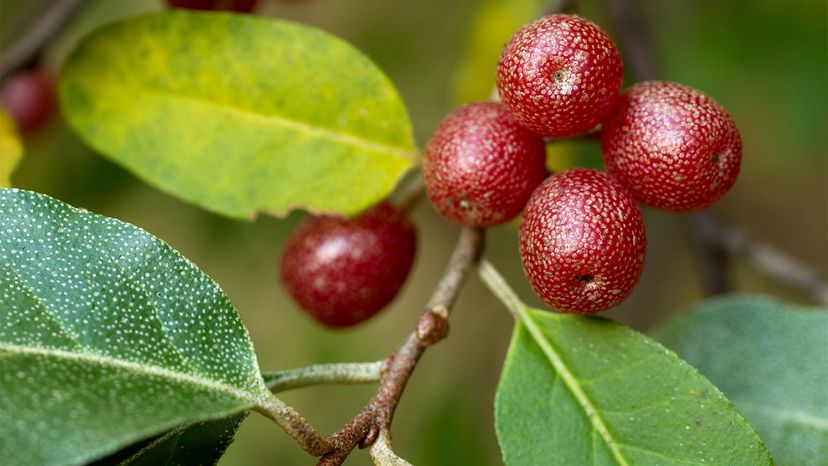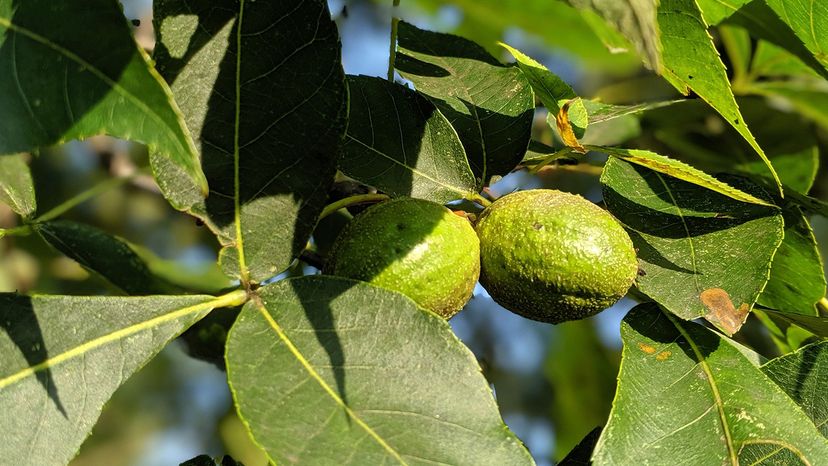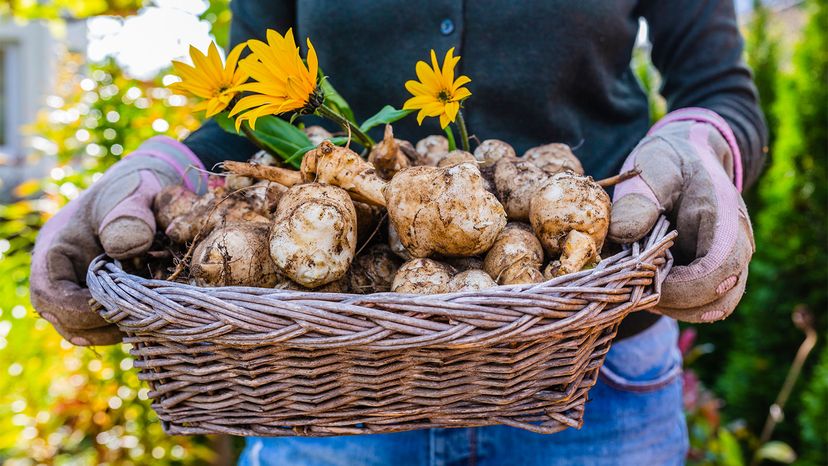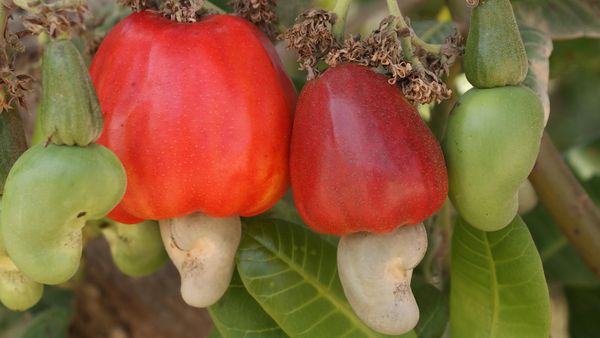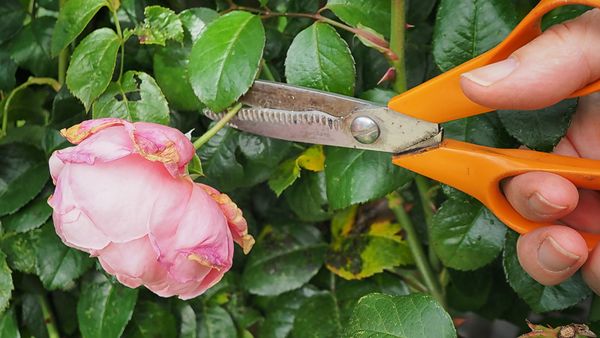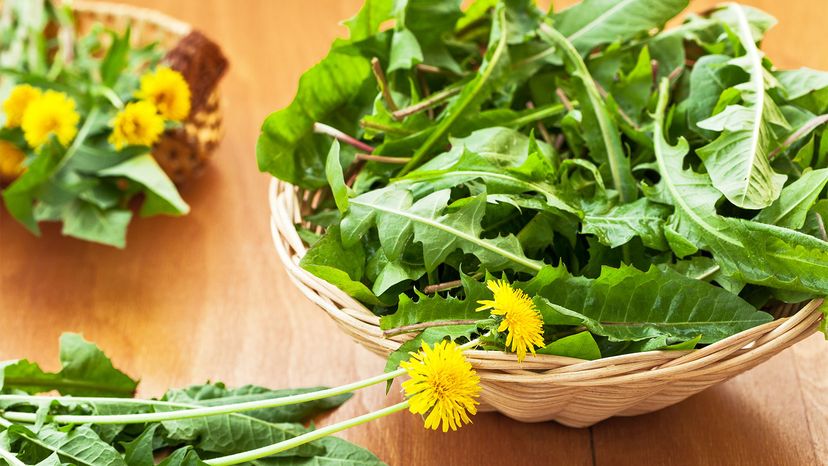
The chilly days of autumn mean more than just changing and falling leaves. As trees and plants prepare for winter dormancy, many put out their nuts, fruits and seeds. That means the fall months are some of the best times of the year to go foraging.
Foraging is the practice of searching your environment for wild food, and you don't have to be an expert to do it. Here are five fall foraging favorites that you can probably find right in your own neighborhood. All you need is an interest in what's growing around you and the keen eye to spot it.
Advertisement
